|
This article was originally published in Litro magazine issue 151 - Adrenaline How do you get from the tritone as "the devil in music" to an audience facing a wall of white noise with smiles on their faces? “It's amazing, really, how little sound comes out of something you're smashing with all your might” 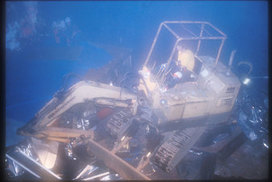 Eye on the bulldozer, photo by GinSatoh Eye on the bulldozer, photo by GinSatoh The adventurous Noizu fans who came to see crackpot noise-makers Hanatarashi (meaning snot-nosed) at Tokyo's Toritsu Kasei Super Loft on August 4th 1985 expected a raucous show. What they didn't expect was a ferocious performance of industrial-grade destruction with a back-hoe bulldozer as the lead instrument. Handed waivers upon arrival that relieved the band of any responsibility for injury, or worse, the audience watched as frontman and HDV operator Yamatsuka Eye burst through the doors of the hall atop the bulldozer. With percussionist Ikuo Taketani somewhat safely tucked away in the corner, Eye tore through the stage and inflicted brutal punishment on everything nearby, including the literal kitchen sink, while screaming the band's trademark scatological and sexual non-sequitur lyrics. The beleaguered bulldozer held out until Eye put the hoe into the wall. The dozer tipped backwards and gave out, but after pulling off the dozer's cage to hurl across the stage and grabbing a circular saw, the destruction continued with the audience now nervously dodging Eye's fitful saw swings. Surrounded by bent metal, crumbled masonry and the squawking remains of Marshall stacks, with gasoline pouring from the ruined bulldozer, Eye produced, as his grand finale, a molotov cocktail that he'd prepared earlier. This was a touch too dangerous for even this daredevil audience and Eye, confessing later in an interview for Banana Fish Magazine that he got “too excited”, had to be violently subdued by several members of the crowd.
0 Comments
The main character in my film is someone who is trying hard to focus on pleasant memories but whose mind is continually invaded by negative ones. The character never speaks, so lens whacking is one way in which I saw fit to translate his psychology visually. The film's aesthetic is based around light and it's relationship metaphorically to memory, so this also made the effect well suited. By detaching the lens and moving it back and forth in front of the sensor, focus can be shifted rapidly from a slight depth of field to deep focus, and light leaks in natural, smooth streaks and washes onto the sensor. Additionally, we also chose to flag around the backend of the lens to have more control over the light and distorted the image by twisting the lens away from the sensor at an angle. A lot of cameras nowadays can shoot without a lens, particularly DSLR's, but we were using a Panasonic AF101E which doesn't, necessitating taping down the contacts to fool the camera. What was achieved by DoP Garry Torrance can be seen below. I'm very fond of when equipment is misused or pushed further than intended for artistic effect. Either for DIY necessity or visual aesthetic, there's something pleasurable about being witness to crafty and brash invention. I had the joy of working on Josh Loftin's I Can't Be Kaspar as a sound recordist, a film which used cheapo-espionage cameras in lighters and glasses. Josh wanted the film to live inside the head of the central character and also film real situations between his actors and the public without visible cameras. 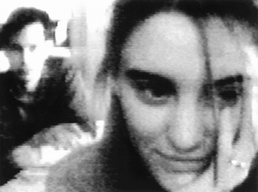 Michael Almereyda's Another Girl, Another Planet Michael Almereyda's Another Girl, Another Planet There's many examples of rough-and-ready cinematography. Ben Wheatley's A Field in England used a Holga toy camera and cheap telescope glass to create a fantastic otherworldly atmosphere (watch their behind-the-scenes video here). The hard-to-find Another Girl, Another Planet by Michael Almereyda, a favourite of mine ever since I bought it on a whim from a Global Video bargain bin years ago, used a Fisher Price Pixelvision camera, which records on standard cassette audio tapes and renders everything in a shimmering lo-fi somewhere below corner shop CCTV in quality. You could call it a gimmick, but obfuscation becomes viewer engagement and peering into Almereyda's ghostly murk feels immersive and dreamlike for me in a way no film apart from Primer has since accomplished. UPDATE: I've uploaded my VHS copy of Another Girl Another Planet here I'd love to find more examples, or hear stories from other filmmakers who have dabbled in weird techniques and risked breaking their equipment for the sake of a film, so please comment below. 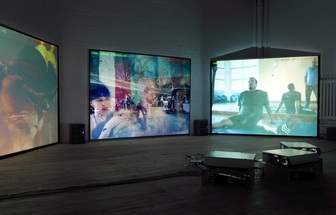 Created by French artist Nicolas Maigret and American software developer Brendan Howell, The Pirate Cinema looks and sounds like something has gone terribly wrong. An installation of free-wheeling glitches and staccato bursts of pop songs and clipped dialogue are rendered in real-time on three screens simultaneously. An automated system downloads the most viewed torrents worldwide and the data of the fragmented media is projected onto the screens. The installation was featured at Liverpool's Abandon Normal Devices Festival in October. Maigret makes immersive works that delve into the fragmented nature and geography found in the wilds of the internet. Glitch art is best when produced as commentary on the electronic age, rather than the ubiquitous use today of mere aesthetic, and Maigret's display of emergent patterns in non-random selection of random data is an interesting example. With today's neverending revelations of NSA and GCHQ mass-surveillance and data-hoovering, this piece sparks interesting thoughts outside of the obvious topic of piracy. |
Archives
November 2023
Categories
All
LinksWriting
Art & Design Science Music Film All contributions by Kieran Gosney unless otherwise stated.
© Kieran Gosney and kierangosney.com, 2013. Unauthorized use and/or duplication of this material without express and written permission from this blog’s author and/or owner is strictly prohibited. Excerpts and links may be used, provided that full and clear credit is given to Kieran Gosney and kierangosney.com with appropriate and specific direction to the original content.
|
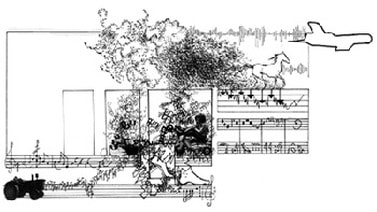
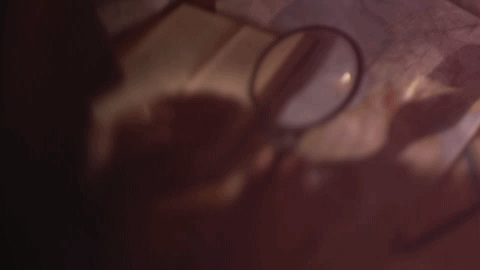
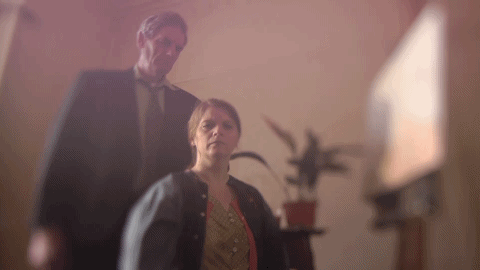
 RSS Feed
RSS Feed